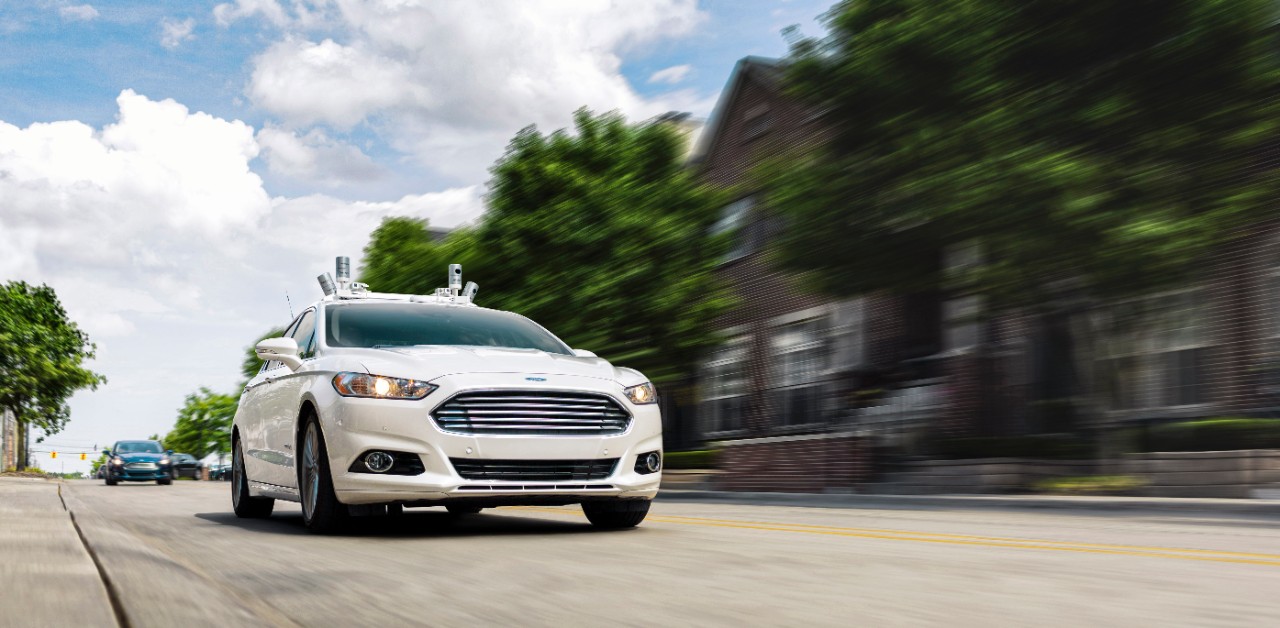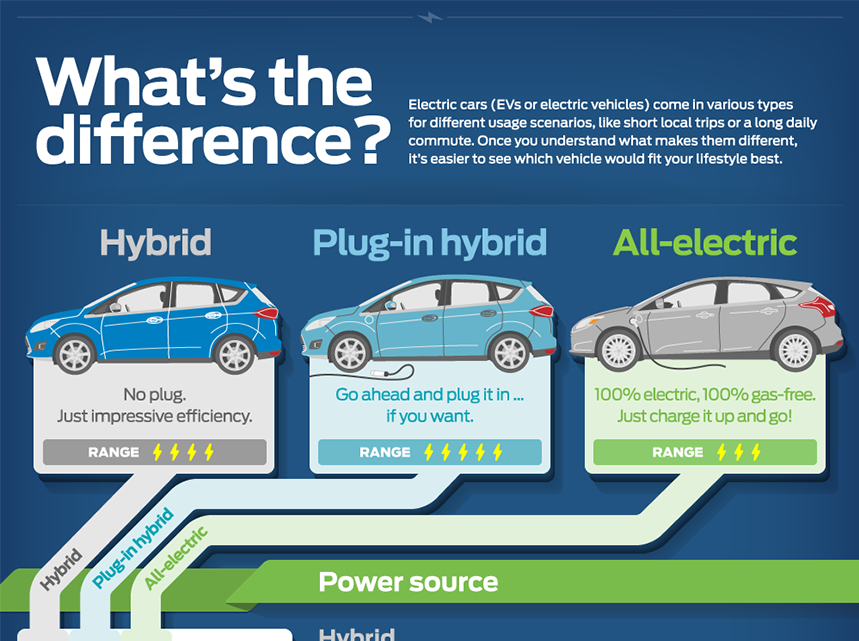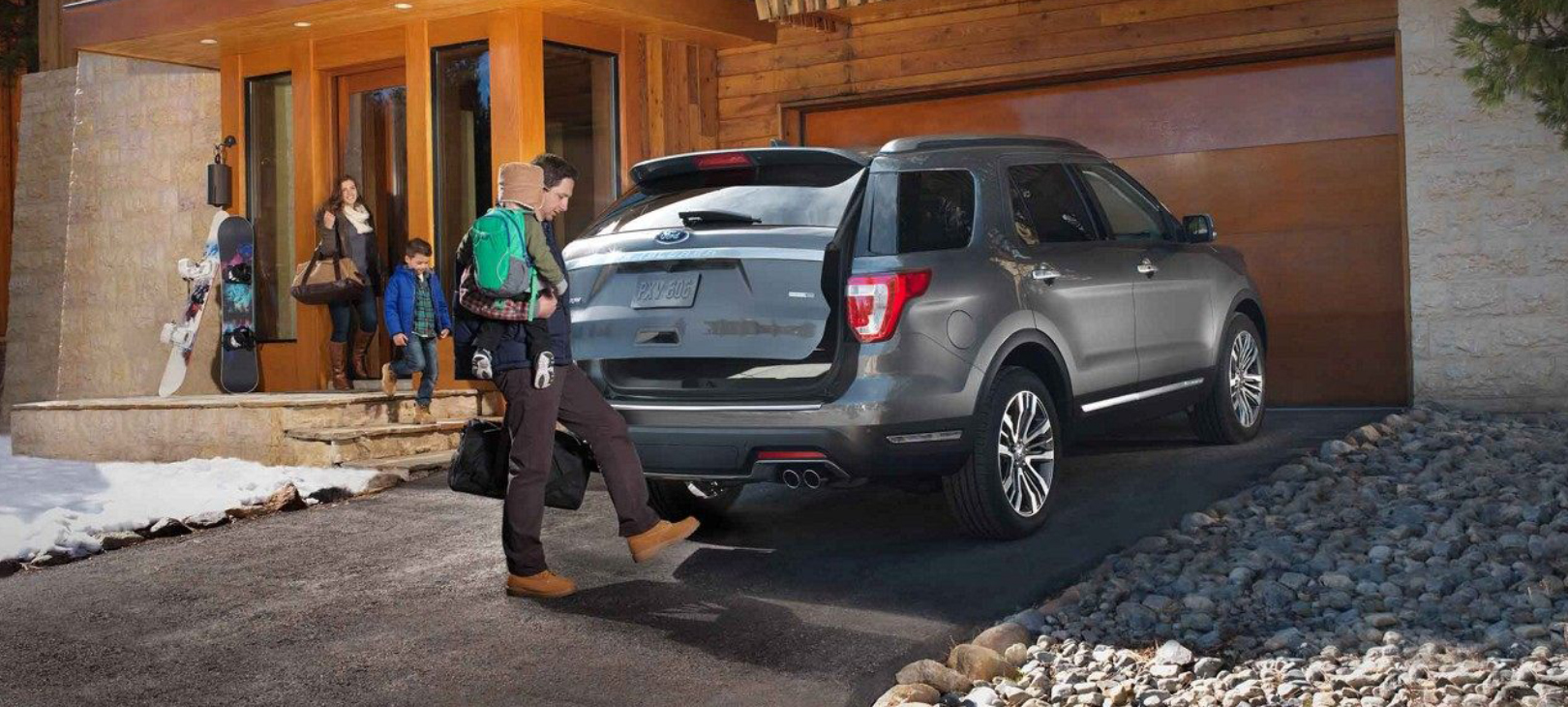Ford Says Fully Autonomous Vehicles Will Arrive by 2021
There is no question that Ford Motor Company is the leader in autonomous vehicles, as well as in connectivity, mobility, the customer experience, and data and analytics thanks to it’s Ford Smart Mobility plan.
As a result, last week Ford announce it’s latest plan to have a high-volume, fully autonomous SAE level 4-capable vehicle in commercial operation in 2021 in a ride-hailing or ride-sharing service.
In order to make this happen, Ford is investing in or partnering with four different startups to enhance its autonomous vehicle development, doubling its Silicon Valley team and more than doubling its Palo Alto campus.
Mark Fields who president and CEO of Ford commented, “The next decade will be defined by automation of the automobile, and we see autonomous vehicles as having as significant an impact on society as Ford’s moving assembly line did 100 years ago,”
Ford’s first fully autonomous vehicle will be a Society of Automotive Engineers-defined level 4-capable vehicle. Plans are to design it to operate without a steering wheel, gas or brake pedal, for use in commercial mobility services such as ride sharing and ride hailing within geo-fenced areas and be available in high volumes.
This year, Ford will triple its autonomous vehicle test fleet to be the largest test fleet of any automaker – bringing the number to about 30 self-driving Fusion Hybrid sedans on the roads in California, Arizona and Michigan, with plans to triple it again next year.
To deliver an autonomous vehicle in 2021, Ford is announcing four key investments and collaborations that are expanding its strong research in advanced algorithms, 3D mapping, LiDAR, and radar and camera sensors.
RISK FACTORS (source Ford Motor Company)
This news release and the related presentations contain forward-looking statements. These statements are based on Ford’s current expectations for future events. There are risks, uncertainties, and other factors that could cause actual results to differ materially from those stated, including: lower-than-anticipated market acceptance of new or existing products or services; discovery of defects in vehicles resulting in delays in new model launches, recall campaigns or increased warranty costs; increased regulations; and cybersecurity risks. For additional information about these risks, see Ford’s 2015 Form 10-K report, as updated by Ford’s Form 10-Q and Form 8-K reports.
source: media.ford.com




